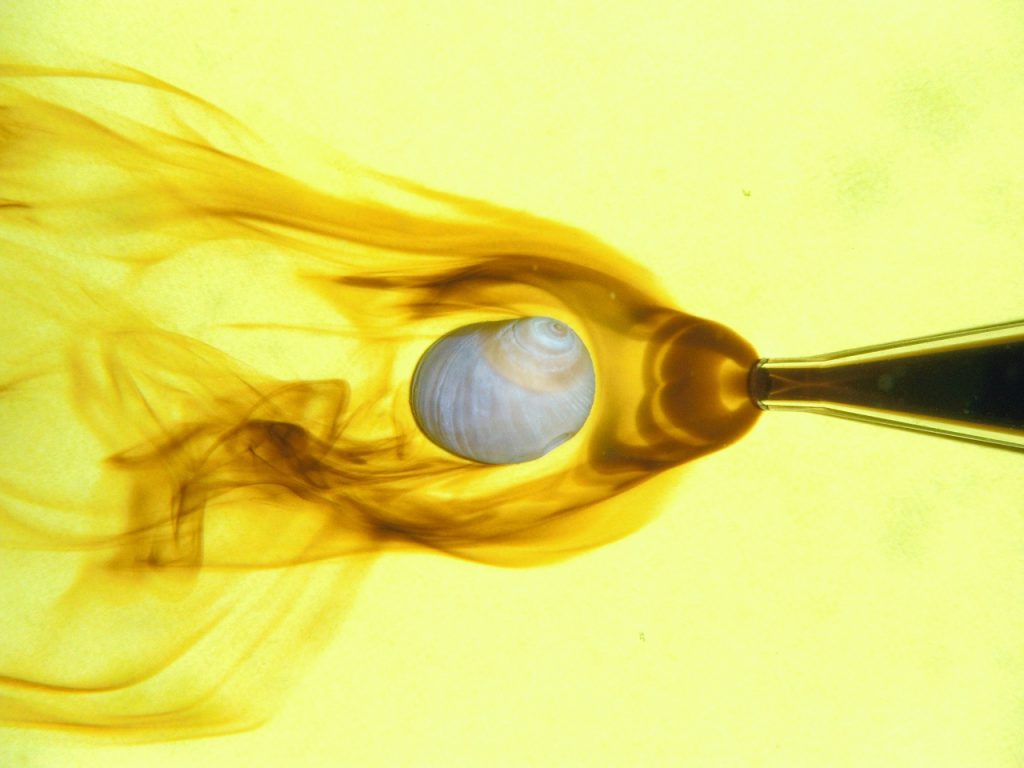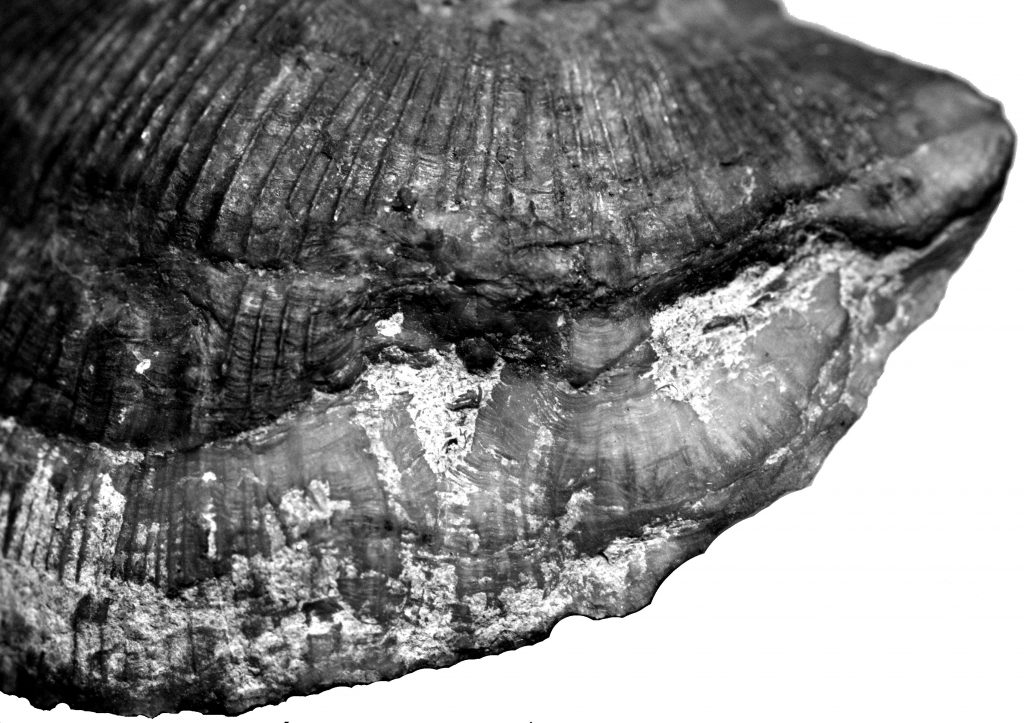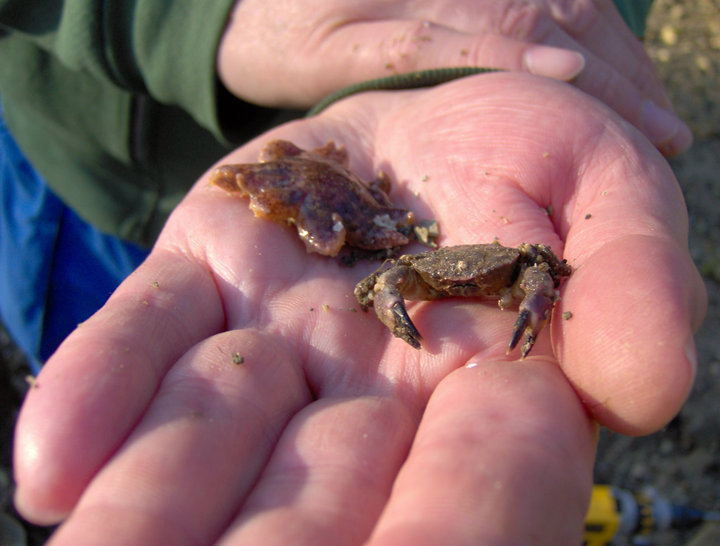Home
Welcome to the Leighton Lab website!
Our broad focus is on the paleoecology and ecology of marine invertebrates. A glance at my publication list or our Research Project page will reveal a diversity of interests within the lab. We’ve covered a lot of taxa (brachiopods, gastropods, bivalves, crabs) through a lot of time (Ordovician, Devonian, Carboniferous, Permian, Miocene, Recent), examining topics as diverse as predation, taphonomy, biomechanics, and communities. There are, however, some common threads throughout our research:
(1) When I was an undergraduate, Don Wise, a structural geologist at Massachusetts, was an important influence on my early career. Don suggested to me that every researcher needed a broad but simple question to drive their entire career. Don had been in graduate school during the beginnings of the plate tectonic revolution, and his question was “Why mountains?” My question has been “Why shape?” Most of my research is rooted in this basic problem of understanding why organisms have the shapes that they have. This is true whether I am trying to understand how predation has influenced the evolution of particular shapes in prey lineages or addressing broader questions of biodiversity and extinction.

(2) Ask any ecologist, or browse any journal of ecology, and it is obvious that biotic interactions (predation, competition, mutualism etc.) play a major role in the distribution and abundance of organisms. It would be surprising if this were not also true in the past. Despite this, I’ve always felt that paleontology has given insufficient attention to these topics. I think that this is partly because studying biotic interactions in the fossil record can be logistically difficult, and partly because many researchers seem to have developed a belief that fine-scale processes, such as biotic interactions, won’t necessarily be evident or important at the broader spatial and temporal scales of the fossil record. I strongly believe that this is something that needs to be tested, and so much of my research has been focused on finding ways of filling the gap between the broad scales of paleontology and the fine scales of modern ecology.
(3) The fossil record is a fantastic natural laboratory. Pretty much any set of environmental conditions can potentially be found in the past. But when it comes to solving ecological questions — including some questions of great urgency, such as the modern biodiversity crisis, global warming etc. — the fossil record has been underutilized. While the methods used in paleontology may sometimes be different from those of the modern ecologist, we can all still help to answer the same questions. It’s one temporal continuum: we can use modern results as a baseline for our paleontological studies, and produce paleodata and ideas relevant to solving modern ecological questions. With this in mind, my lab very much has one foot firmly planted in modern research, and one foot back in the ancient past.

Feel free to browse our website, and I hope that you find something of interest!
Dr. Lindsey R. Leighton


